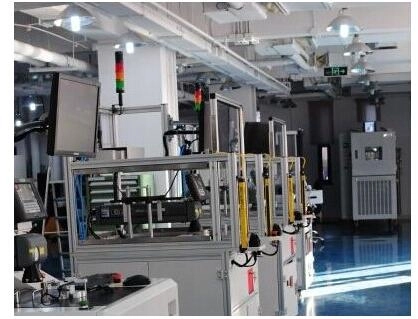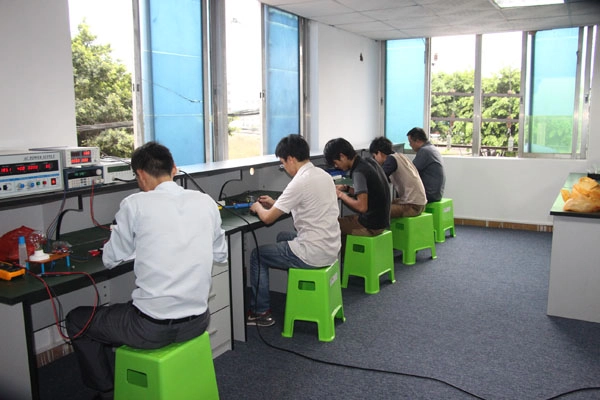Programmable Power Supply and Its Applications
What is a programmable power supply?
Programmable power supplies usually consist of a host and a control panel, and users can set and operate the power supply through the buttons and touch screen on the control panel.It enables users to flexibly change parameters such as output voltage, current, and power through digital control technology, thereby meeting various complex power supply requirements.

Working mode
1.Constant voltage output mode ,which means that the current loss changes with the load to maintain the stability of the output voltage;
2.Constant current output mode,which means that the output voltage changes with the load to keep the output current stable;
3.Series mode,which means that in series mode, the current of all devices in the line is the same. In order to obtain a larger output voltage, series mode can be adopted;
4.Parallel mode,which means that under the same voltage, the current on each line is added to the total current, in order to obtain a larger output current, the parallel mode can be adopted.
Functional characteristics
1. The tracking function has a channel to channel linkage function in some programmable arbitrary power supplies, which is called the tracking function. The tracking function refers to the simultaneous control of all outputs, and ensuring that they all obey unified command by maintaining voltage consistency with the pre-set voltage.
2. Induction function
Induction refers to applying voltage to a load through a wire to output power more effectively, ensuring that it is equal to the sum of the voltage drop on the wire and the required load voltage.
3. Any waveform
Any waveform refers to some programmable power supplies that have the function of editing any waveform and can change the waveform over time. Modulation refers to a programmable power supply that can be modulated using the terminals on the rear panel, regardless of the power source.
4. Modulation
Some programmable arbitrary power supplies have external modulation functions, and two sets of outputs can be modulated using the terminals on the rear panel.
Applications
1. Scientific research experiment:
In scientific research, programmable power supplies can provide a stable and reliable power supply for laboratories.Researchers can set the voltage and current of the power supply according to the experimental needs, so as to carry out different types of experiments and tests.

2. Electronic manufacturing:
In the production process of electronic products, programmable power supply plays a key role. It can be used to test and calibrate electronic components and circuit boards to ensure that their quality and performance meet specified standards.Programmable power supplies can also simulate various working conditions, such as high and low voltage, large and small current, etc., to verify the reliability and stability of electronic products in different working environments.

3. Education and training:
Programmable power supplies are widely used in education and training in electronic engineering, automation control, and physics.Students can understand circuit principles and learn how to design and debug electronic circuits by operating programmable power supplies. The adjustability and adjustability of programmable power supplies enable students to conduct various experiments, deepen their understanding of power supplies and circuits, and improve their practical operation abilities.

4. Other application areas:
Programmable power supplies also play a role in many other fields.For example, in battery charging and discharging testing, a programmable power supply can simulate the working status of various batteries, perform performance testing and capacity measurement on the batteries; In power system maintenance, programmable power supplies can simulate various abnormal power situations, providing support for the safety and stability testing of power equipment.

Summarize
A programmable power supply is a power supply device that can be set and adjusted according to user requirements, providing flexibility and convenience for users. With programmable power supplies, researchers can carry out a variety of experiments, manufacturers can test and calibrate products, students can learn and practice circuit design, and all walks of life can use programmable power supplies in different scenarios to meet their specific needs.











